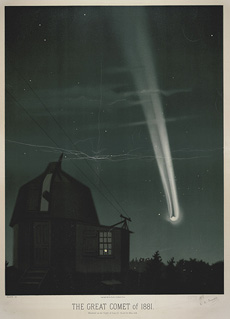Plate XI, The Great Comet of 1881. Observed on the night of June 25-26 at 1h. 30m. A.M.
From The Trouvelot Astronomical Drawings.
tienne Lopold Trouvelot
New York: C. Scribner’s Sons, 1882
Chromolithograph
From the Special Collections of the University of Michigan Shapiro Science Library
Among the celestial phenomena, none are more interesting than those mysterious appartitions from the depths which unexpectedly display their strange form in our familiar constellations, through which they wander for a time, until they disappear like phantoms.
A comet, with its luminous diffused head, whence proceeds a long vapory appendage gradually fading away in the sky, presents an extraordinary aspect, which may well astonish and deeply impress the observer. Although these visitors from infinite space do not now inspire dread, as in by-gone times, yet, owing to the mystery in which the phenomenon is still involved, the apparition of a large comet, even in our days, never fails to create a profound sensation, and in some cases that unconscious fear which results from the unknown...
From my observations upon the comets which have appeared since the year 1873, it is apparent that the changes in the nucleus, coma and tail, are due to a solar action, which contracts or expands these objects in such a manner that the nuclei become either bright and star-like, or dim and diffused, in a very short time. I had excellent opportunity especially in the two large comets of 1881, to observe some of these curious changes, a description of which will give an idea of their extent and rapidity. On July 2d, 1881, at 9 o'clock, the nucleus of comet 1881, III., which is represented on Plate XI., appeared sharply defined, bright and considerably flattened crosswise; but half an hour later it had considerably enlarged and had become so diffused that it could hardly be distinguished from the coma, with which it gradually blended. It is perhaps worth mention that, at the time this last observation was made, an aurora borealis was visible.1
1 Trouvelot 99-104.






